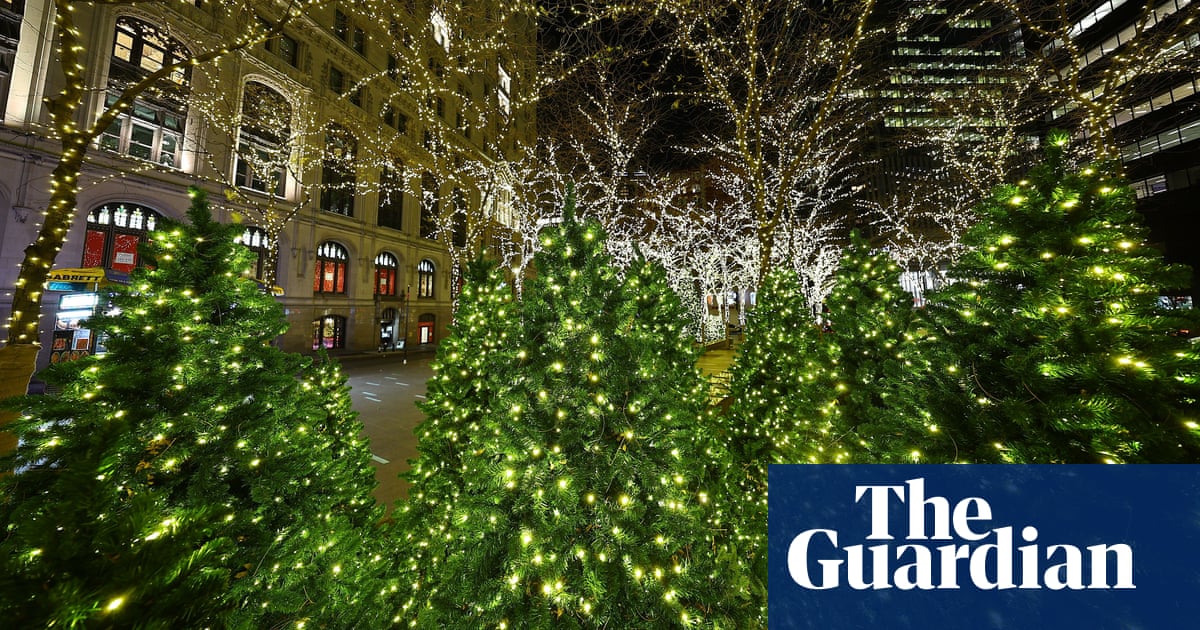
The climate crisis is significantly impacting American agriculture, including the production of Christmas trees. Warmer temperatures, increased frequency and severity of heat waves, heavier rainfall, droughts, wildfires, and hurricanes—all exacerbated by human-caused climate change—are stressing these crops. A recent report from the National Oceanic and Atmospheric Administration (NOAA) details the dire situation, highlighting how high temperatures and drought weaken trees, making them more susceptible to pests and diseases. Excessive rainfall leads to flooding and root rot, while extreme cold causes frost damage. In 2021, Oregon experienced a severe drought that killed over 70% of its Christmas tree seedlings, completely drying the needles of mature trees as well. Warmer autumns also hinder needle retention, as trees require cold temperatures to remain dormant. Hurricane Helene in North Carolina caused an estimated $125 million in losses to ornamental nurseries and Christmas tree farms.
In response, researchers are working to enhance the resilience of Christmas trees. Efforts include irrigation management and using wood chips to improve soil moisture, as well as exploring tree species better suited to warmer, drier climates. Genetic research and breeding programs are also underway, focusing on developing more resilient varieties. The North Carolina State University Christmas tree genetics program, for example, has spent decades developing “elite” Fraser firs capable of withstanding climate-related impacts. This involves traditional breeding, a slow process taking 20 to 30 years for Fraser firs to produce pollen or cones. To accelerate this, researchers test trees in various environments, correlating genetic performance with different elevations and conditions. This helps identify trees better suited to changing climates, accelerating the breeding process. Genetic modification is also being considered as a long-term solution.
Despite the challenges, researchers remain optimistic. While the changing climate presents significant hurdles, the situation isn’t yet catastrophic. Experts emphasize that ongoing research and breeding programs are addressing the issue, aiming to ensure the continued availability of real Christmas trees for years to come. They draw parallels to other crops, noting that while adaptation is crucial, ongoing efforts provide a path towards a resilient and sustainable Christmas tree industry.
